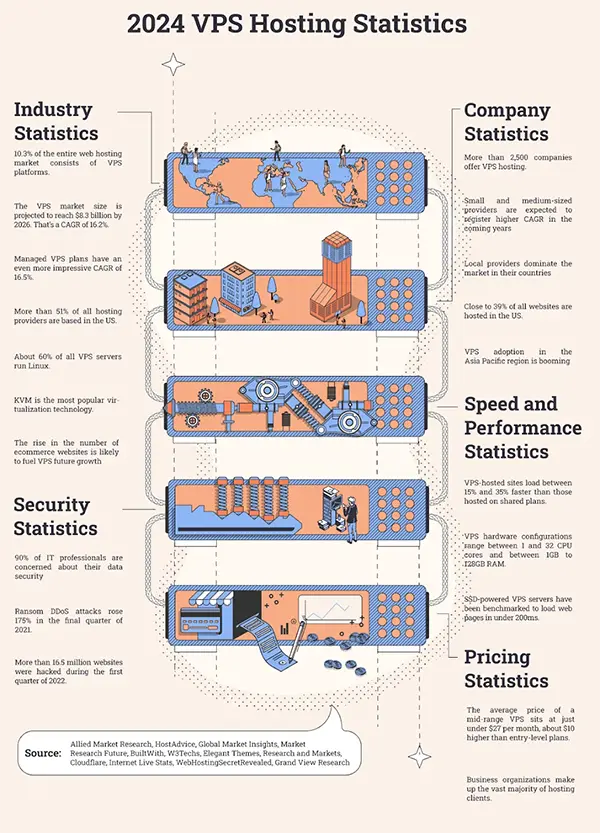
Picture an effortless process of installing the cPanel on your VPS – just with a few lines of commands.
The term cPanel is a web-based control panel that allows you to manage web housing accounts and sort out your clients on a VPS server inside the WHM to make separate cPanel accounts at a budget of $28.22/month.
The ease of this procedure will leave you with plenty of time to handle all other crucial areas of your virtual server configuration.
This article will shed more light on how to do precisely that, so get ready to move forward with learning about cPanel, its advantages, and the major steps to installing it on your VPS.
cPanel is a web hosting control Panel software created by L.L.C (Limited Liability Company) for affordable VPS server hosting.
The software makes it easy for users even with no technical background to stipulate their requirements for web hosting in general.
In managing your website, the software will be integrated along with the web host manager (WBM) to enhance the activities of managing your website but bear in mind that cPanel and WHM come in both the same and different tools.
One of the best companies that provide cPanel VPS hosting is DedicatedCore which offers the cheapest cPanel vps hosting packages, and its user-friendly interface makes it easy for newcomers to understand website management.
However, Domainracer also comes with a large number of server management add-ons, a provider that offers constrained forex trading to United Kingdom residents with reliable VPS server hosting.
Do You Know?
cPanel, a web hosting management, was first released on March 21, 1996.
You are in the world of web hosting and want to have equal amounts of control, customization, and security.
This is where cPanel VPS, your partner in the hosting business, comes in.
It has numerous advantages that help in the management of websites in an awesome way.
In short, cPanel VPS is not only concerned with hosting services, it is all about facilitating clients, allowing them to explore the virtual world efficiently and effectively with proper installation of security.

For those looking to step into the robust advantage of a personalized hosting environment, installing cPanel into your VPS can take your digital experience to unparalleled heights.
However, before you get into the steps, there are things you must have and completed, which include,
Now, that you have covered the necessities, let’s take an insight into this section, and follow the steps to set up cPanel into your VPS, and efficiently manage your web hoster:
To begin, first, choose a compatible operating system like CentOS or CloudLinux, and ensure that it is fully updated for optimal performance and security.
Next, verify your VPS’S hostname >> give it a proper name – a fully qualified domain name like server.example.com. for easy identification.
Once installed, enter your server’s IP address or FQDN web browser to access cPanel.
Then, follow the instructions given on the screen to set a root password and specify basic server settings.
Now, head to the email section within cPanel, and click on it, then create an account by following the instructions.
You can also have additional software on a VPS with cPanel – all you need to do is – access “Softaculous Apps Installer” within your cPanel dashboard.
Finally, restart the server to complete the installation process and ensure the system is running swiftly.
That’s it!! With this, you have successfully installed the cPanel on your VPS and collaborated with the user-friendly interface to manage the requirements of your web hosting.
Out of all the control panels that are available in the web hosting Industry, cPanel is one that is most used by many webmasters and WEB Hosting companies today.
There are numerous approaches to administering a VPS web hosting account but none of them is as widely accepted and straightforward as cPanel.
Therefore, for those in search of hosting that incorporates control, customization, scalability, and security, a cPanel VPS is probably the answer you have been looking for.
